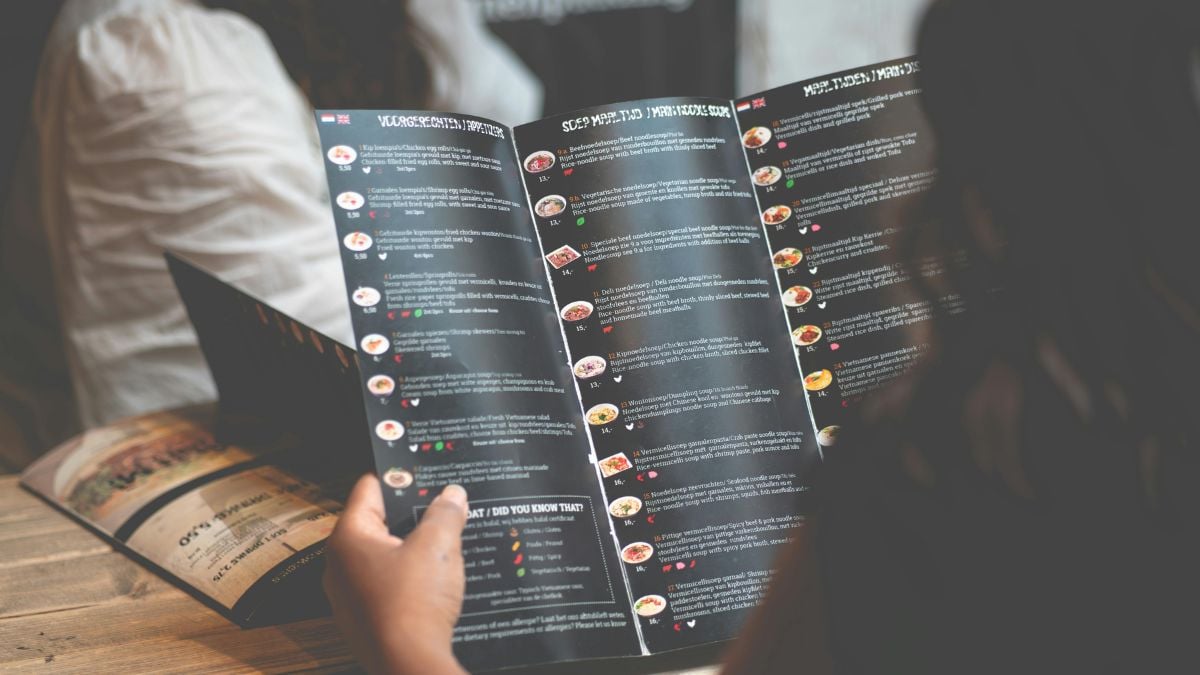
Fast food might still taste like nostalgia, but the prices tell a very different story. From nickel-sized sliders to footlongs that once had a catchy $5 jingle, the numbers on the menu have ballooned. Inflation, marketing, and a little fast-food magic have all played a role in the jump. Some items have stayed surprisingly close to their original value, while others have doubled or even tripled. Let’s take a quick look back at how much your favorite fast-food classics once cost compared to today.
Big Mac Shock Factor
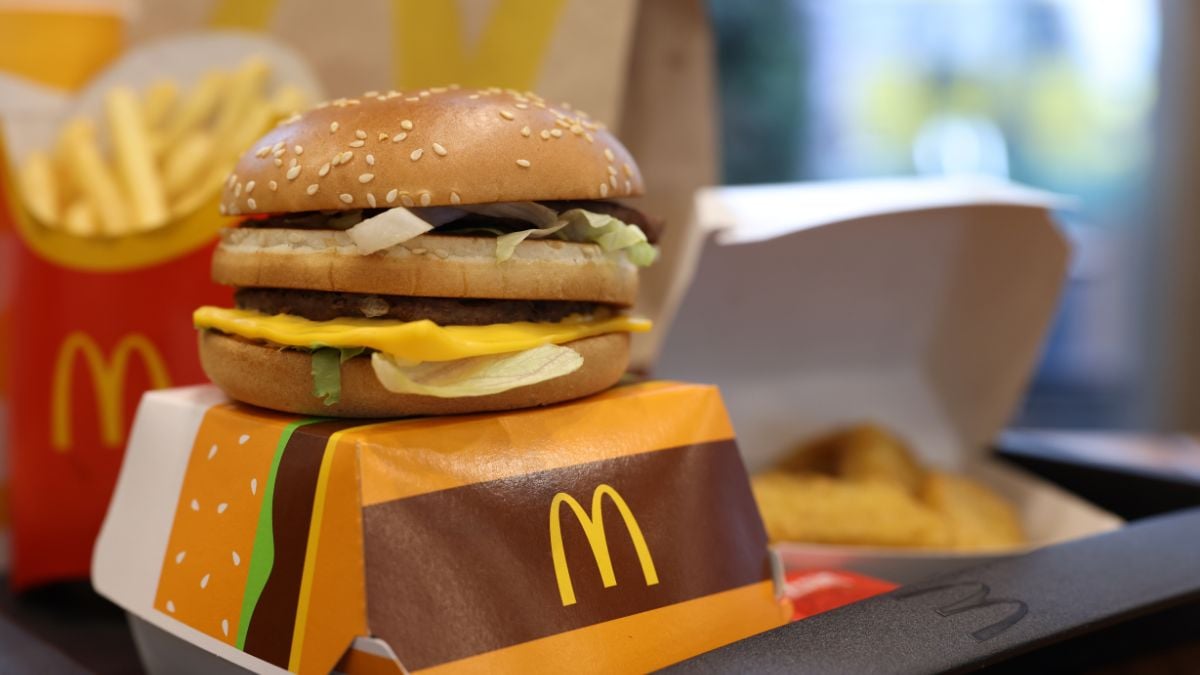
When McDonald’s introduced the Big Mac in 1967, it was a bold move. At 45 cents, it cost more than double a regular hamburger, which sold for just 18 cents. Adjusted for inflation, that would be about $4.35 today. In 2025, the average Big Mac will set you back $5.79, though in pricier cities it can climb past $7.
The Whopper’s Price Creep
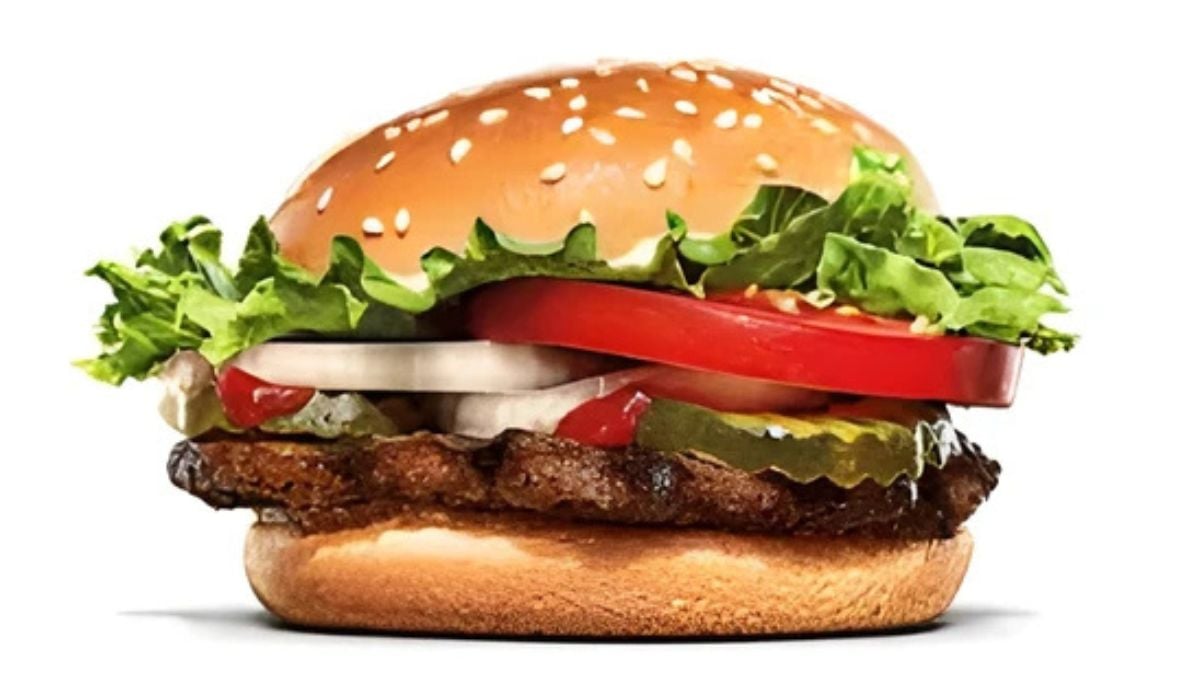
Burger King’s Whopper hit menus in 1957 at just 37 cents. For its size and flame-broiled flavor, it felt like a bargain. That debut price equals about $4.25 in today’s money. By 2025, the Whopper averages around $6.50, with some spots charging more than $8.
The Nickel Slider Legacy
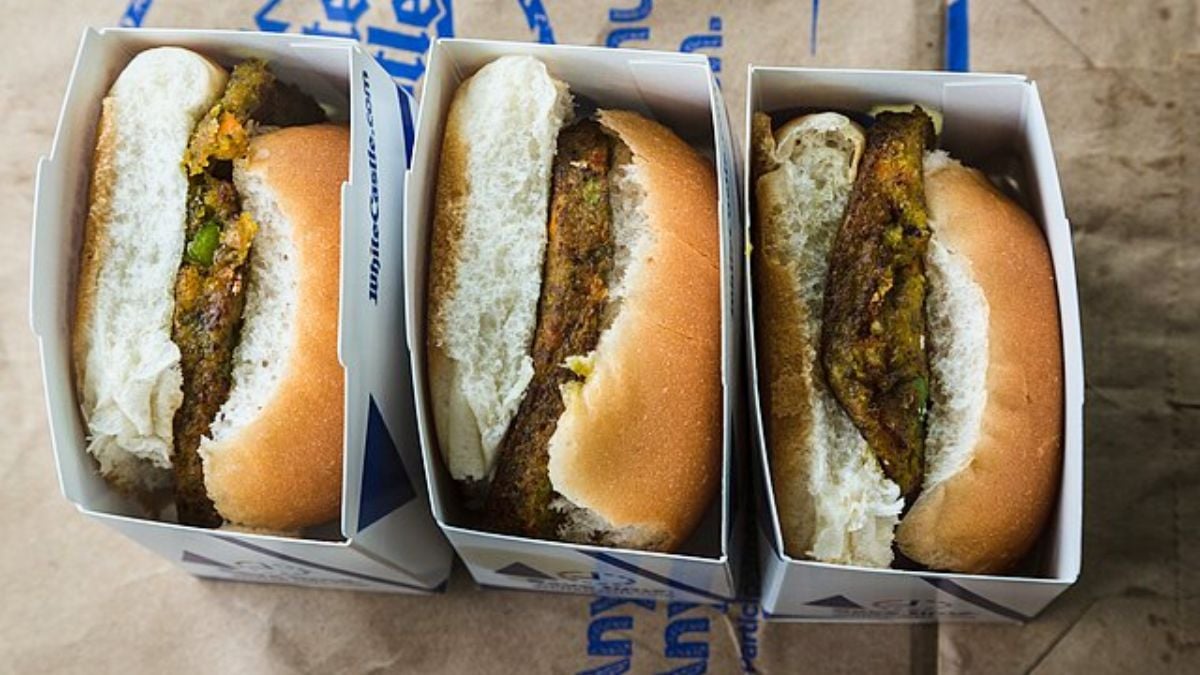
White Castle built its empire on tiny sliders for a mere 5 cents each. In the 1920s, factory workers could grab a few without breaking the bank. That nickel translates to roughly 90 cents today. A single slider in 2025 still lands in the $0.72–$1.58 range, which makes them one of the few items that didn’t skyrocket.
Buckets of Chicken, Then and Now
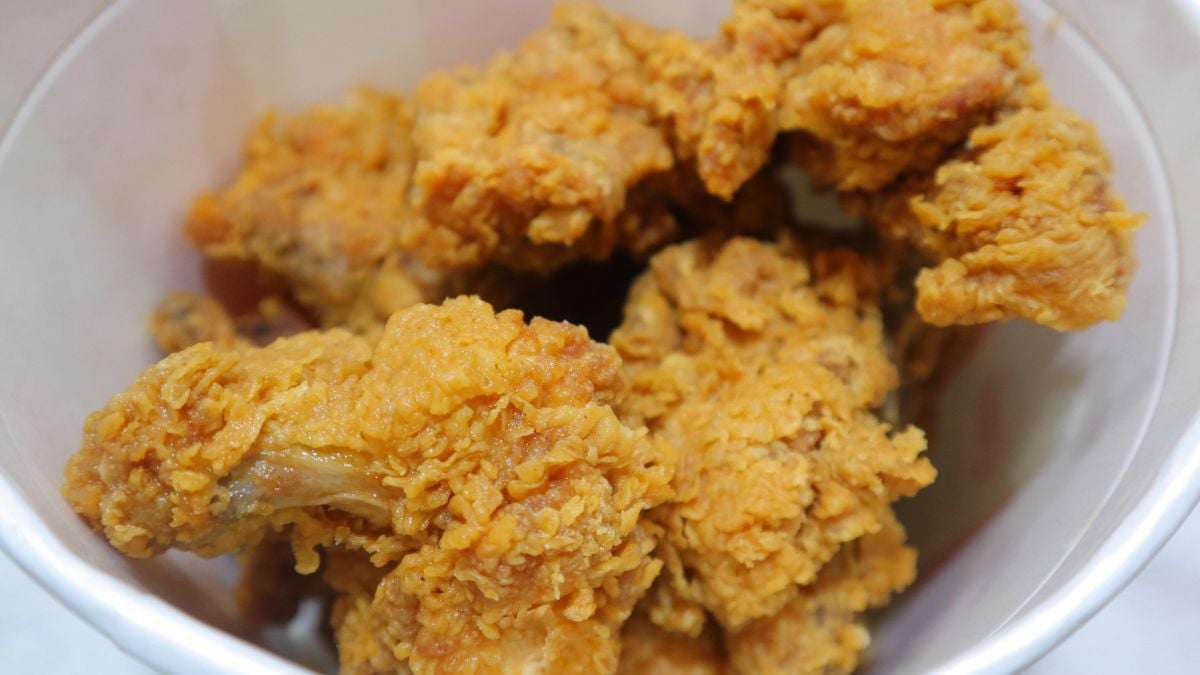
KFC’s Family Bucket rolled out in 1957, promising 15 pieces of chicken, six hot rolls, and gravy for just $3.50. That price equals about $30 in modern dollars. Today, a 16-piece meal comes in around the same cost—but sides often cost extra, which makes the deal less generous than it used to be.
Fries That Doubled in Price
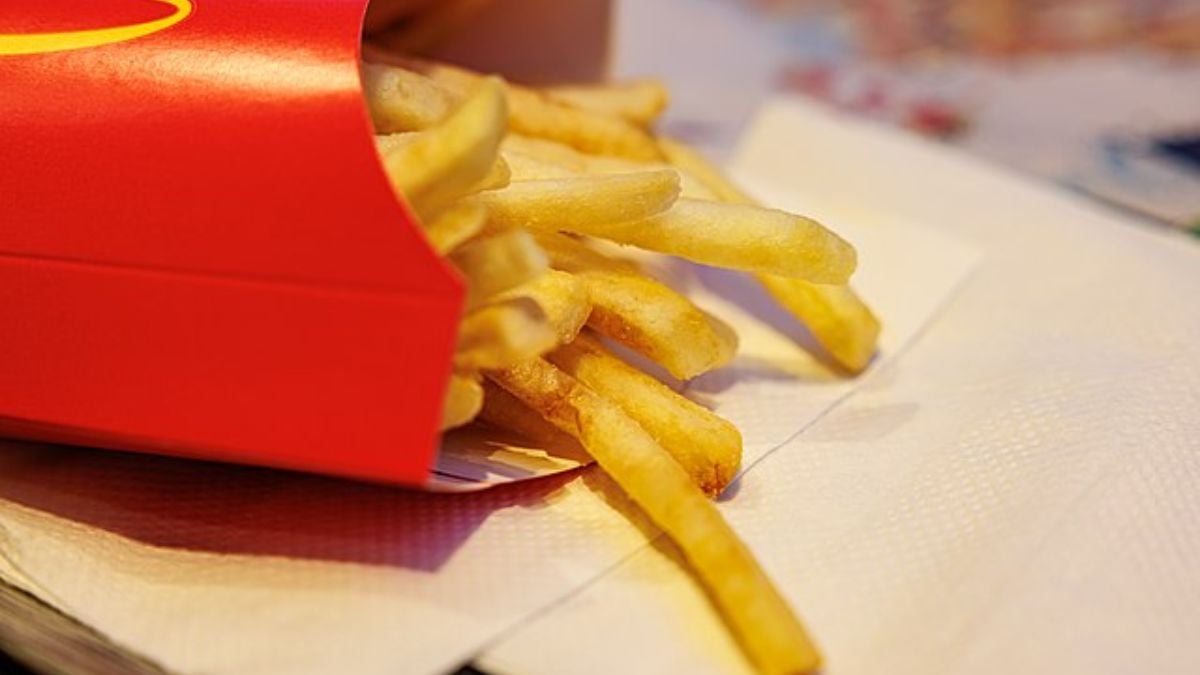
McDonald’s fries have always been the golden standard, but their price has changed dramatically. In the 1950s, a small order cost just 10 cents, which equals $1.30 today. By 2025, the same size averages between $2.49 and $2.89. Even comfort food isn’t immune to inflation.
The Footlong That Lost Its Tune
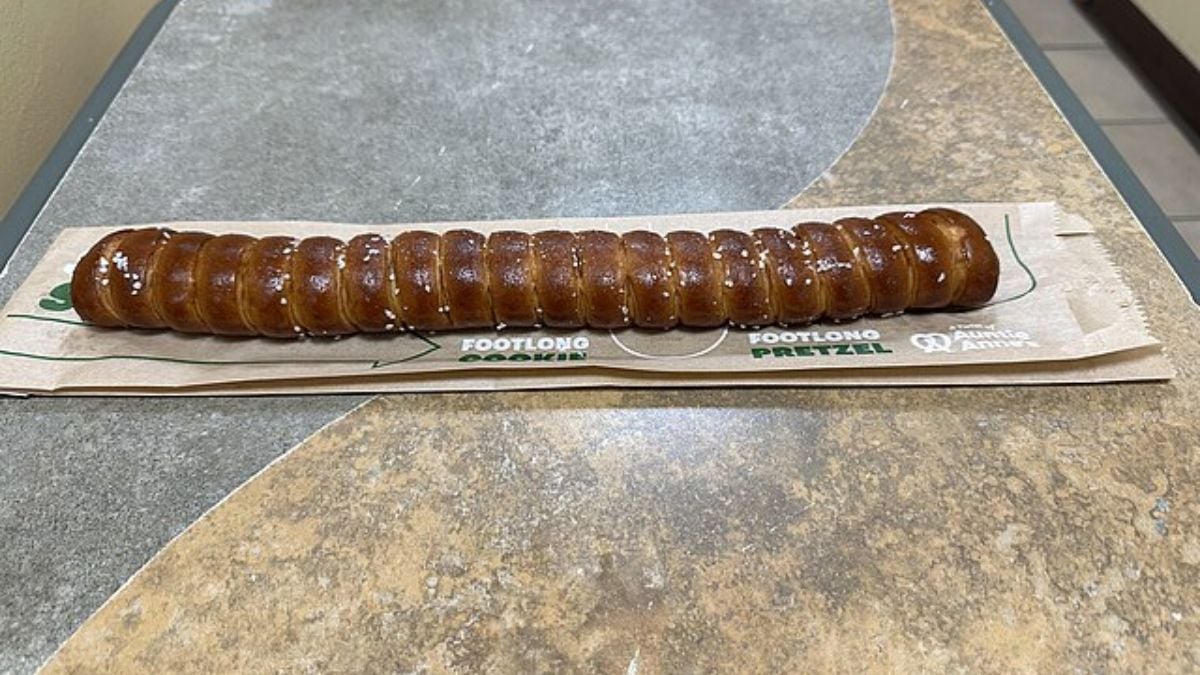
“Five-dollar footlong” became Subway’s anthem in 2008, but it’s mostly nostalgia now. That deal should equal about $7.50 in today’s money. Instead, a basic sub averages $8.50 in 2025, and premium sandwiches push past $10 or even $12. The catchy jingle might still play in your head, but your wallet won’t be singing.
A Nickel Donut No More
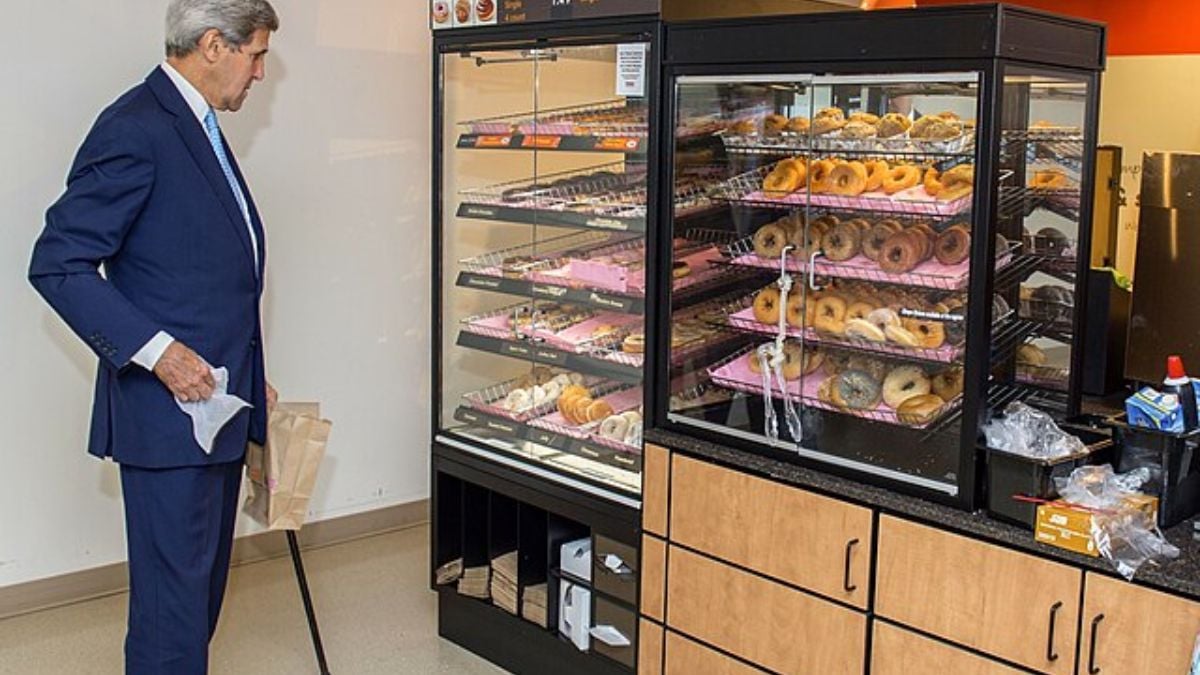
In the early 1950s, Dunkin’ was called Open Kettle, and its glazed donuts sold for 5 cents. That’s about 55 cents in today’s dollars. Now, the same treat usually costs between $1.29 and $1.49, making it one of the cheapest indulgences left in fast food.
Taco That Beat Inflation
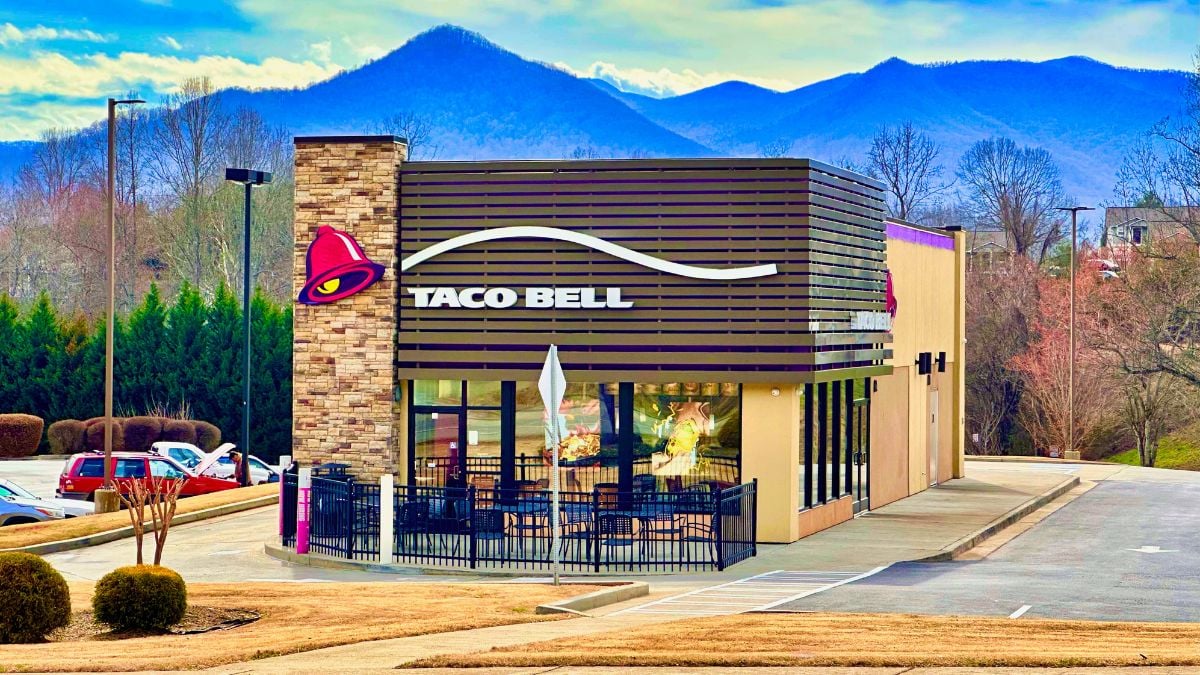
When Taco Bell opened in 1965, the crunchy taco sold for 19 cents. Adjusted for inflation, that’s $1.94 today. But in 2025, the average taco costs about $1.69, meaning it’s actually cheaper than it was at launch. A rare win for your pocket.
What’s Worth It Today?
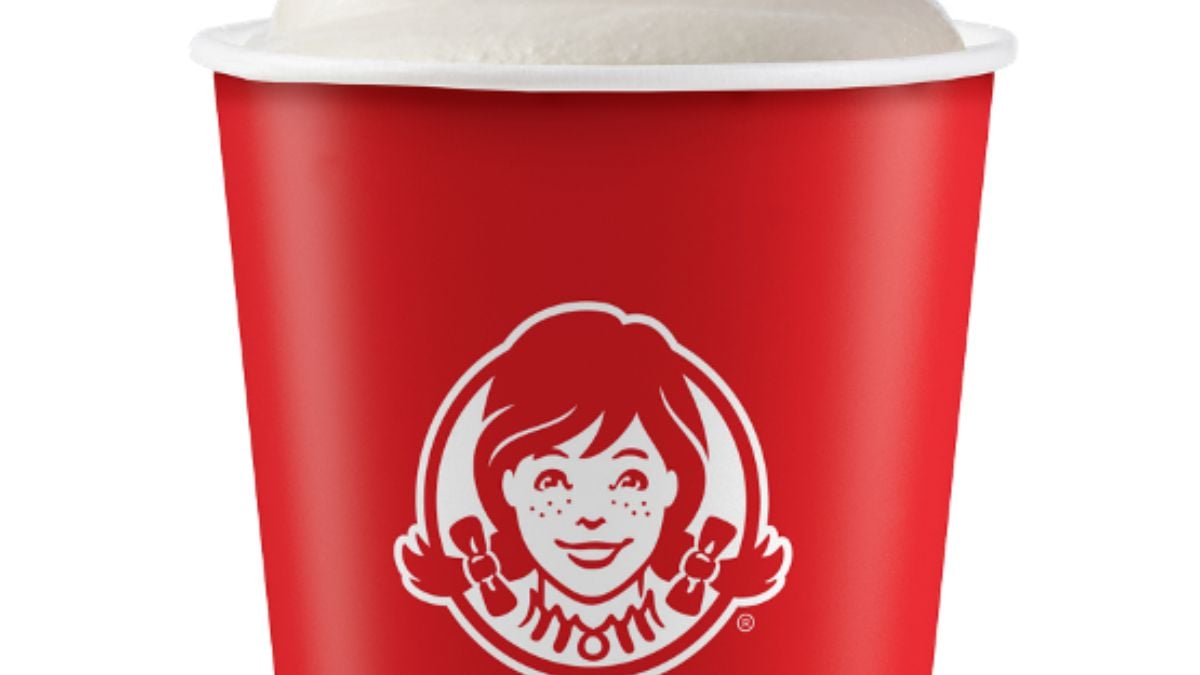
Looking back, it’s clear some menu items ballooned in price while others stayed closer to their roots—or even dropped. Inflation tells part of the story, but so do marketing, portion sizes, and shifting consumer tastes. Some deals, like Taco Bell’s crunchy taco, have managed to beat the system. Others, like the Big Mac and Whopper, have crept steadily upward. Which fast-food classic do you think still earns its price tag—and which one do you miss at its original cost? Drop your thoughts in the comments.

